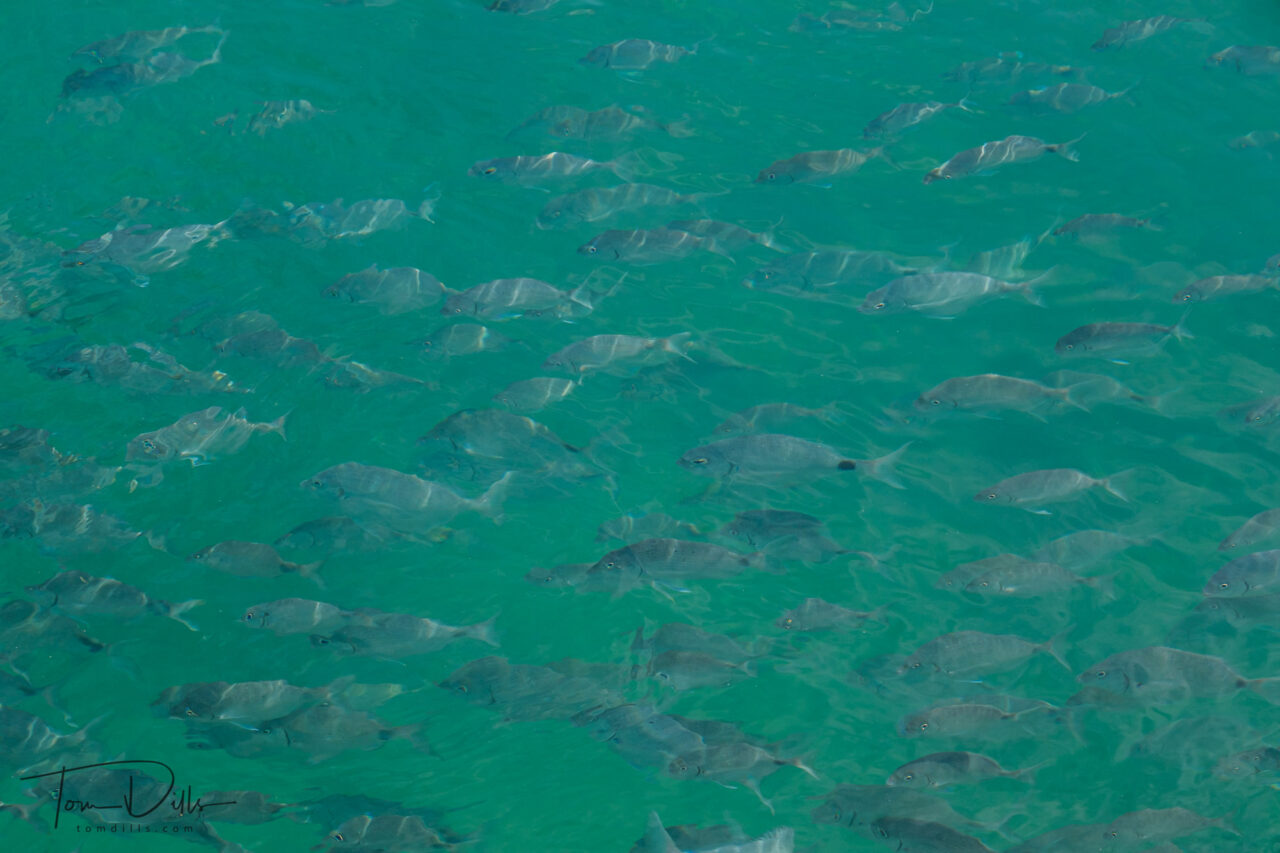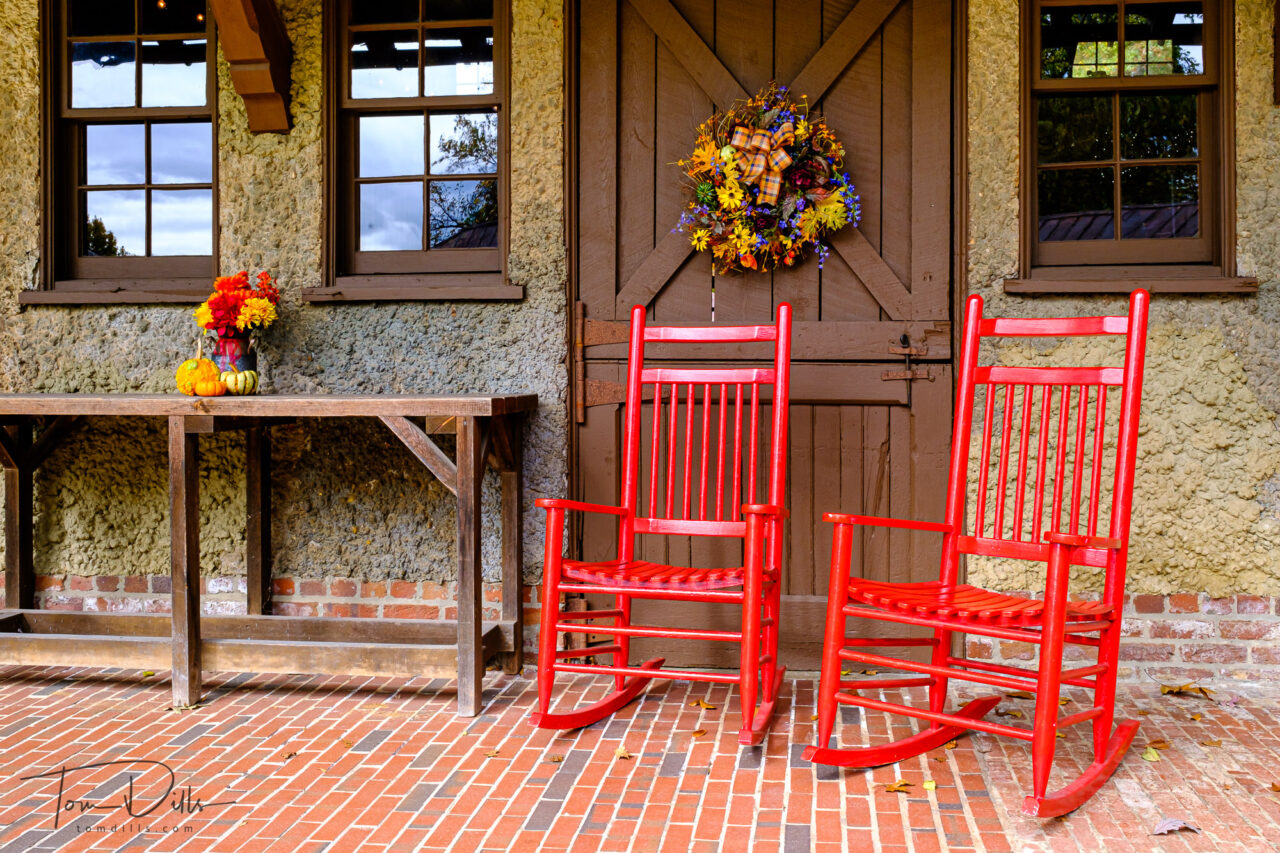
I had seen these chairs on an Instagram post from Biltmore and hoped I would find them during our visit. No one was sitting in them at first, but I found a cute model who agreed to pose.
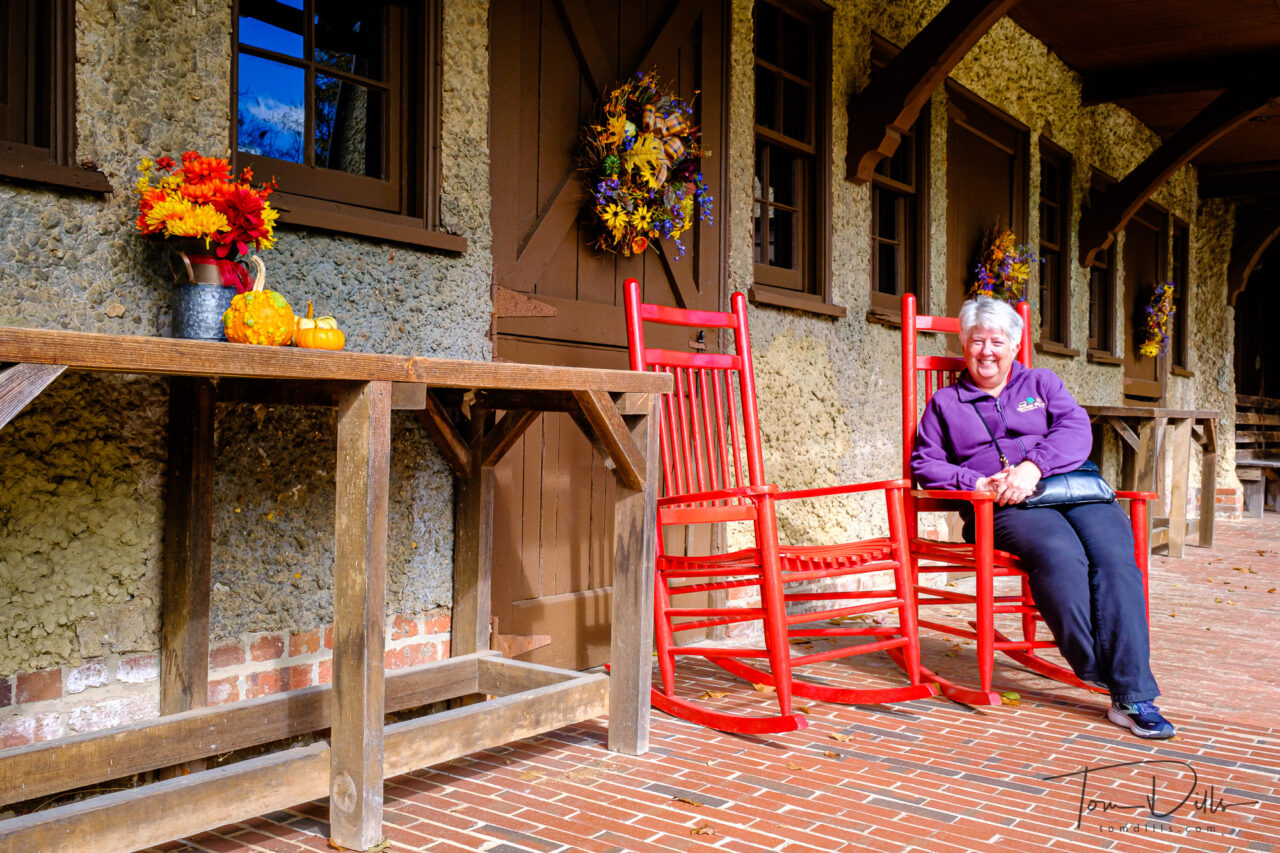

I had seen these chairs on an Instagram post from Biltmore and hoped I would find them during our visit. No one was sitting in them at first, but I found a cute model who agreed to pose.

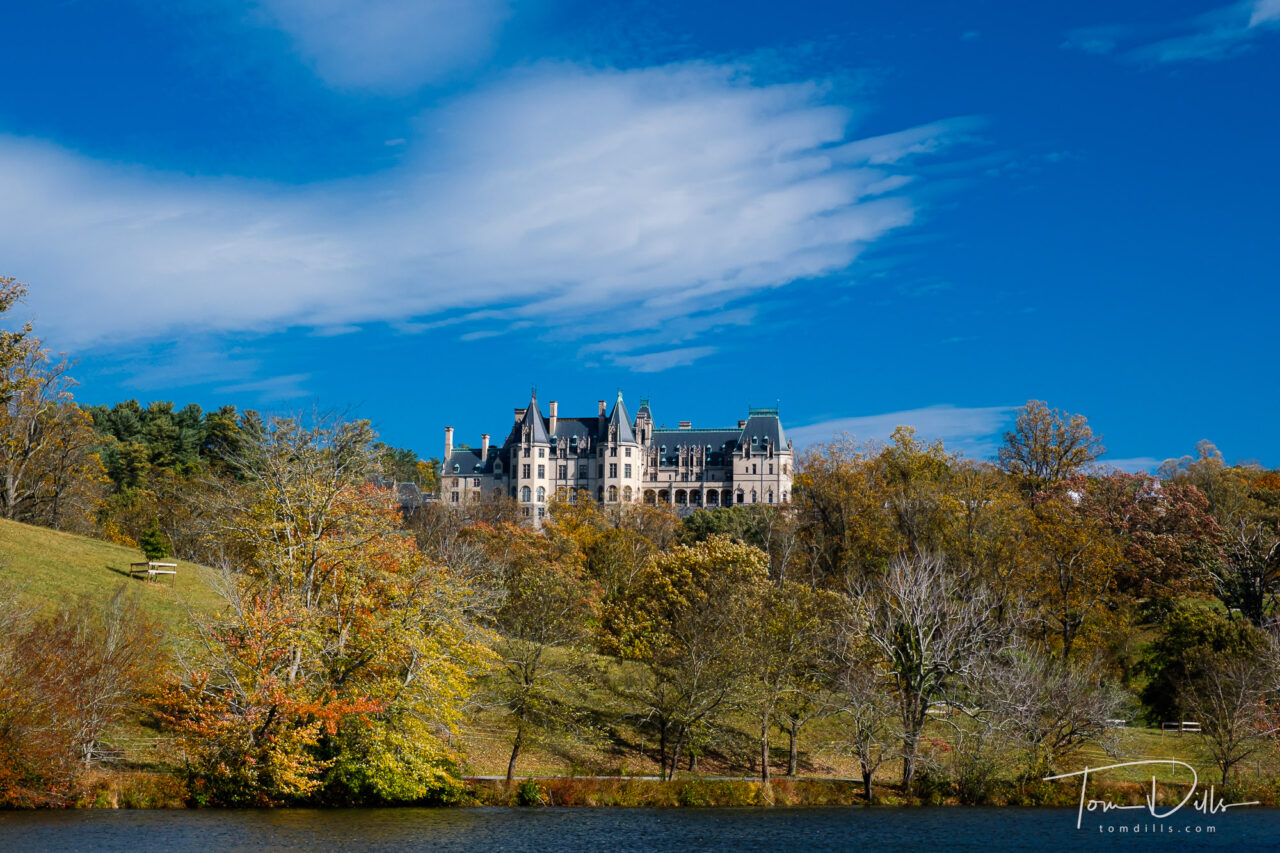
Kathy & I are at the Biltmore Estate in Asheville, NC celebrating our 42nd anniversary. I’ve been joking that this is quite an upgrade from our honeymoon in Gatlinburg, TN.
We did an early morning guided house tour on Monday and have a few days of exploring planned, including taking in their Leonardo Davinci exhibit on Wednesday. I’ve taken a few photos so far, including this one of the Biltmore House from The Lagoon, a spot along the French Broad River.

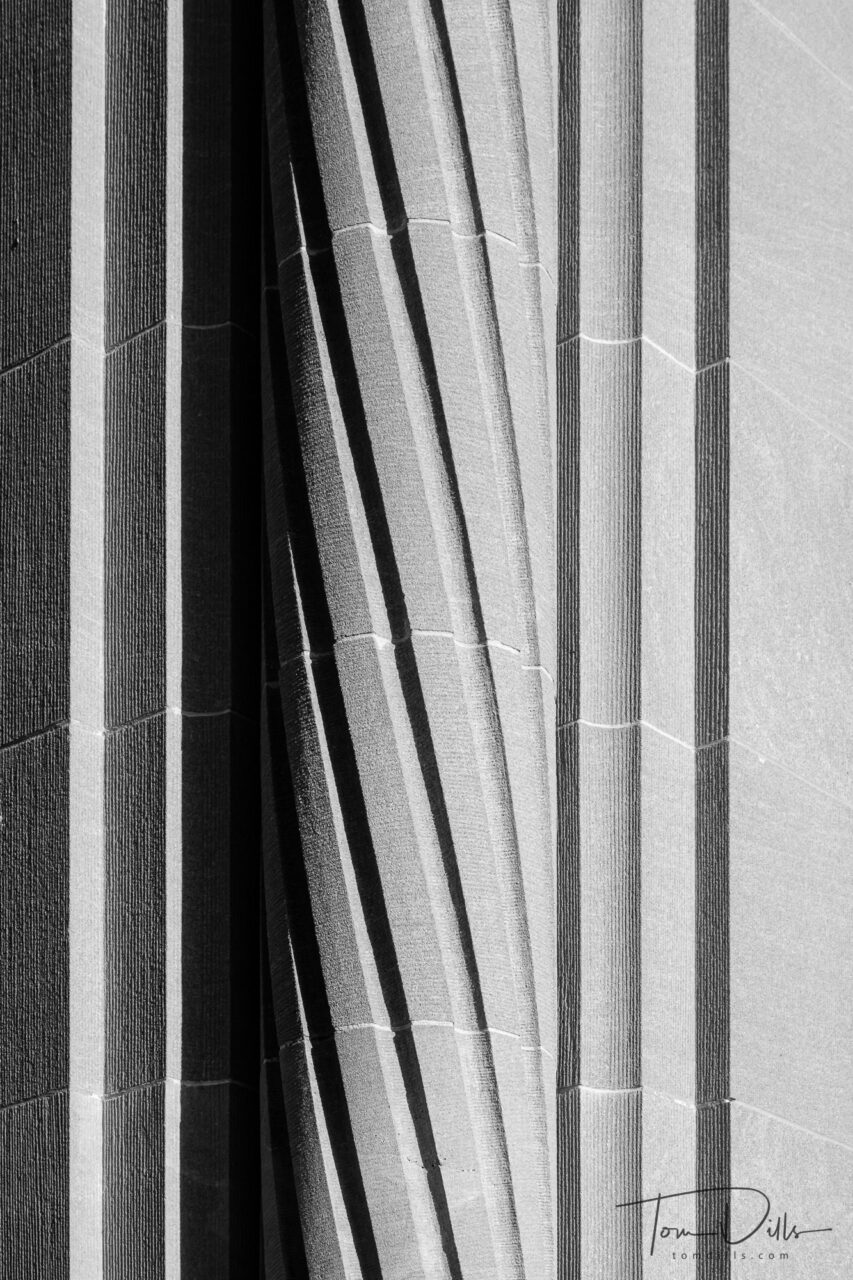
A quote sometimes attributed to Mark Twain but likely incorrectly, according to quoteinvestigator.com. Also the title of a book published in 1995.
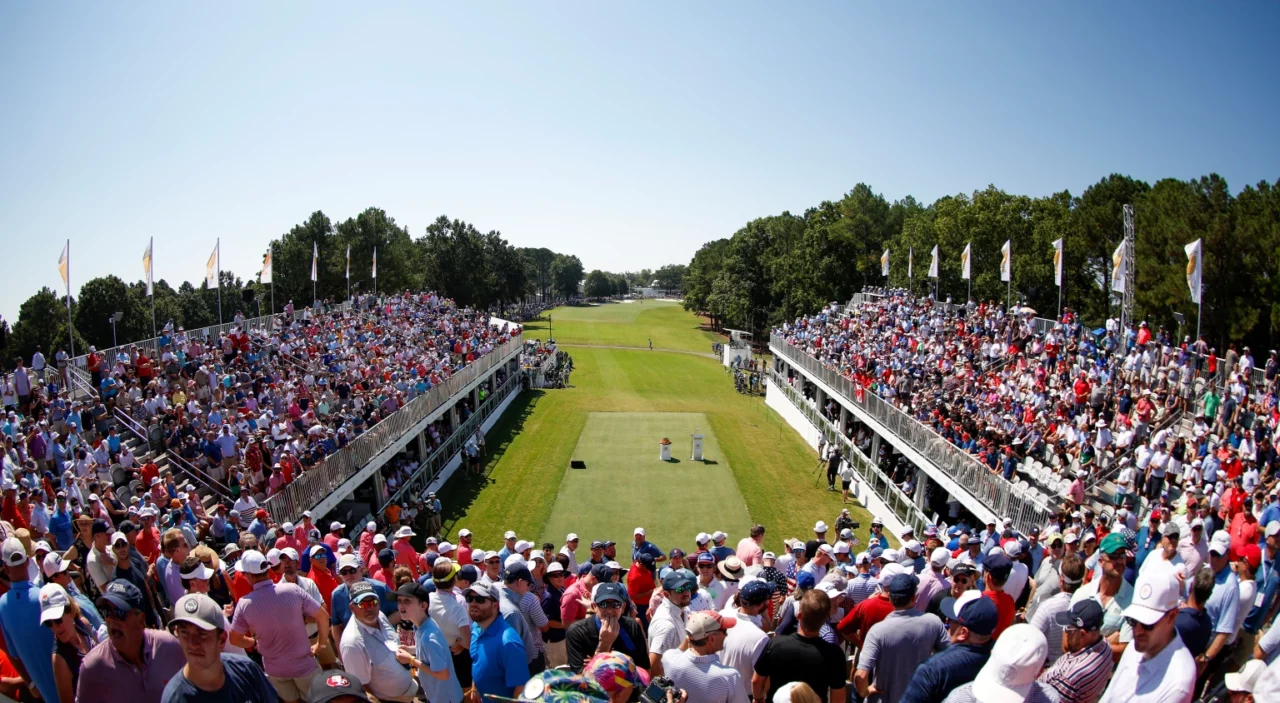
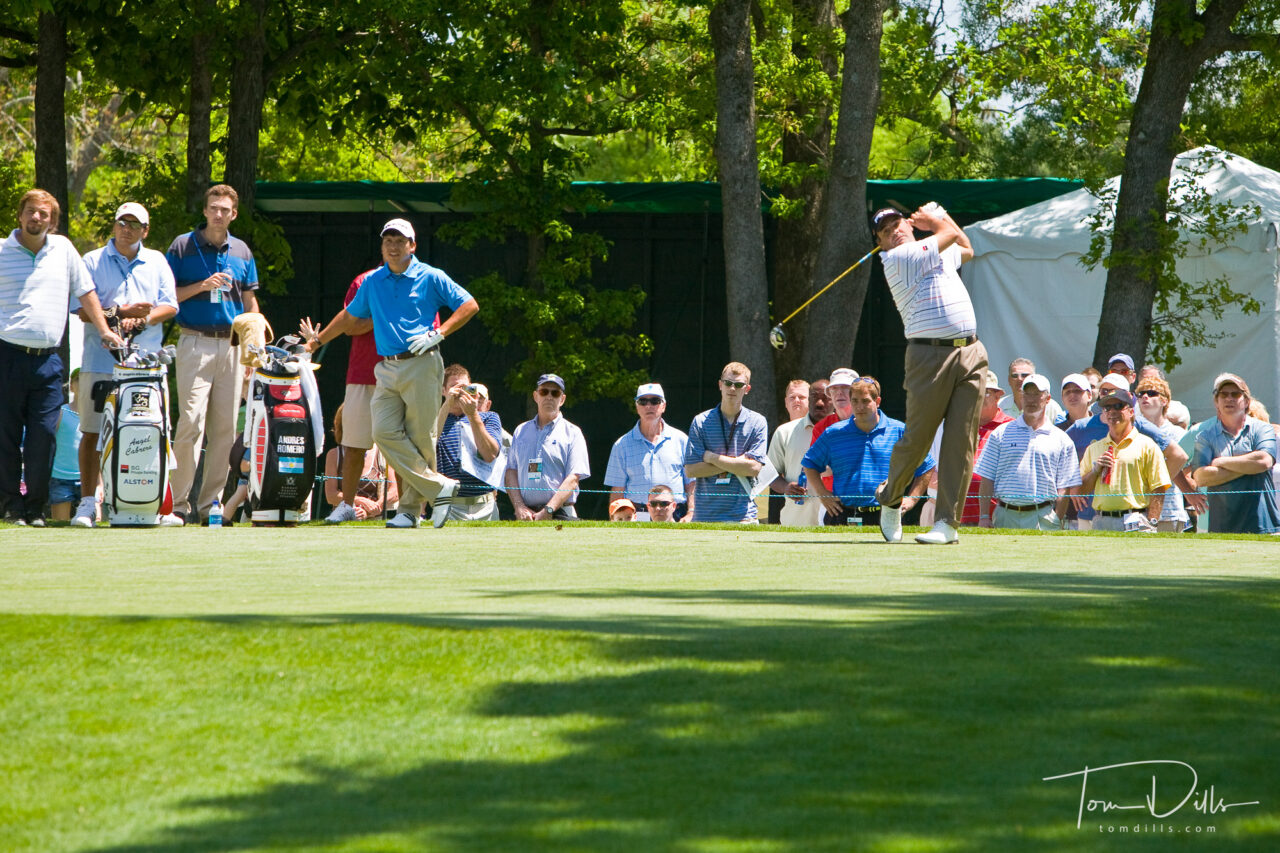
I had an opportunity this past week to attend a day of The President’s Cup, a golf tournament here in Charlotte at the Quail Hollow Club. My brother, his son and a long-time family friend came to town from Ohio for the tournament and invited me to come along. I welcomed the opportunity to hang out with my brother for a few hours.
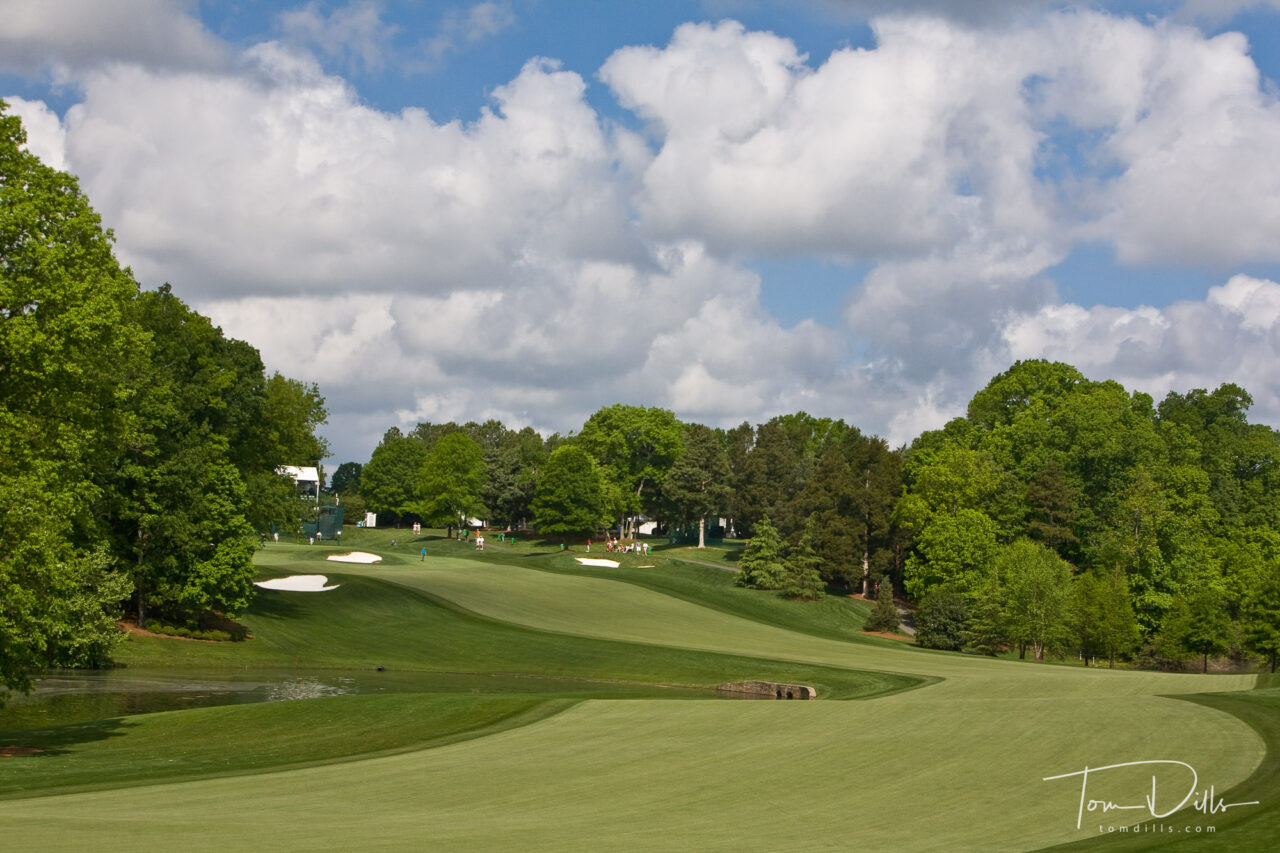
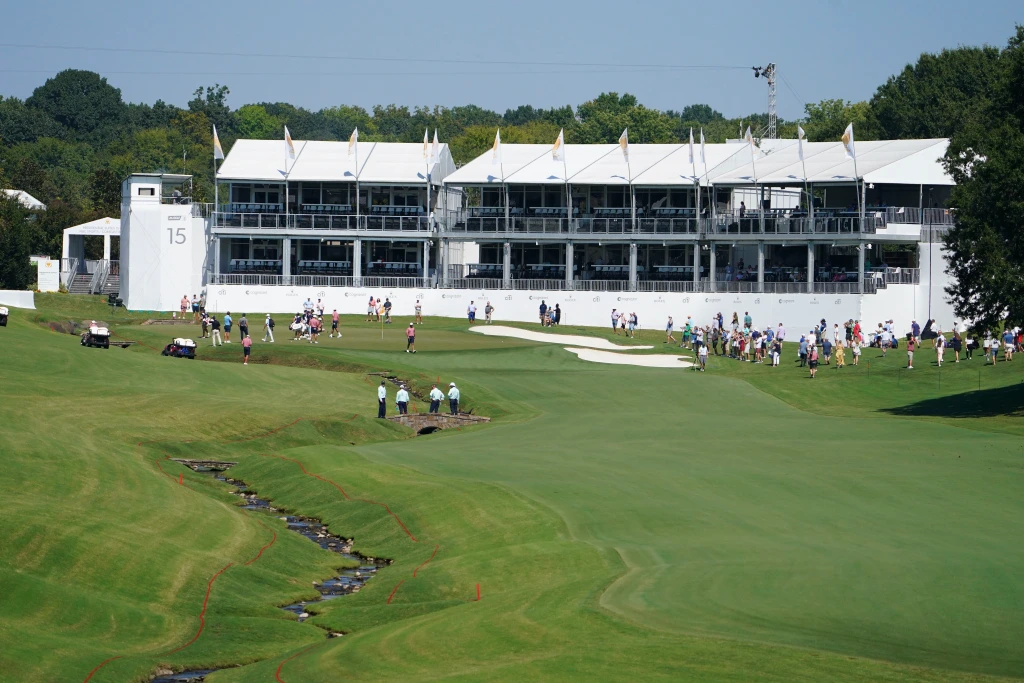
I don’t consider golf to be much of an in-person spectator sport, as it is difficult to really stay involved in the action on an 18-hole golf course. You either have to camp out at one hole and watch the players come by (which is a lot like watching a Formula One race where you can only see one corner of a 2-mile track) or you have to pick a group or groups to follow around the course. The advantage of the first option is that if you get to a good spot early you can stay there all day. The downside of moving around is that you have to either watch the less popular players or be prepared to look from the back of a crowd of people who were there before you. Neither choice is ideal.

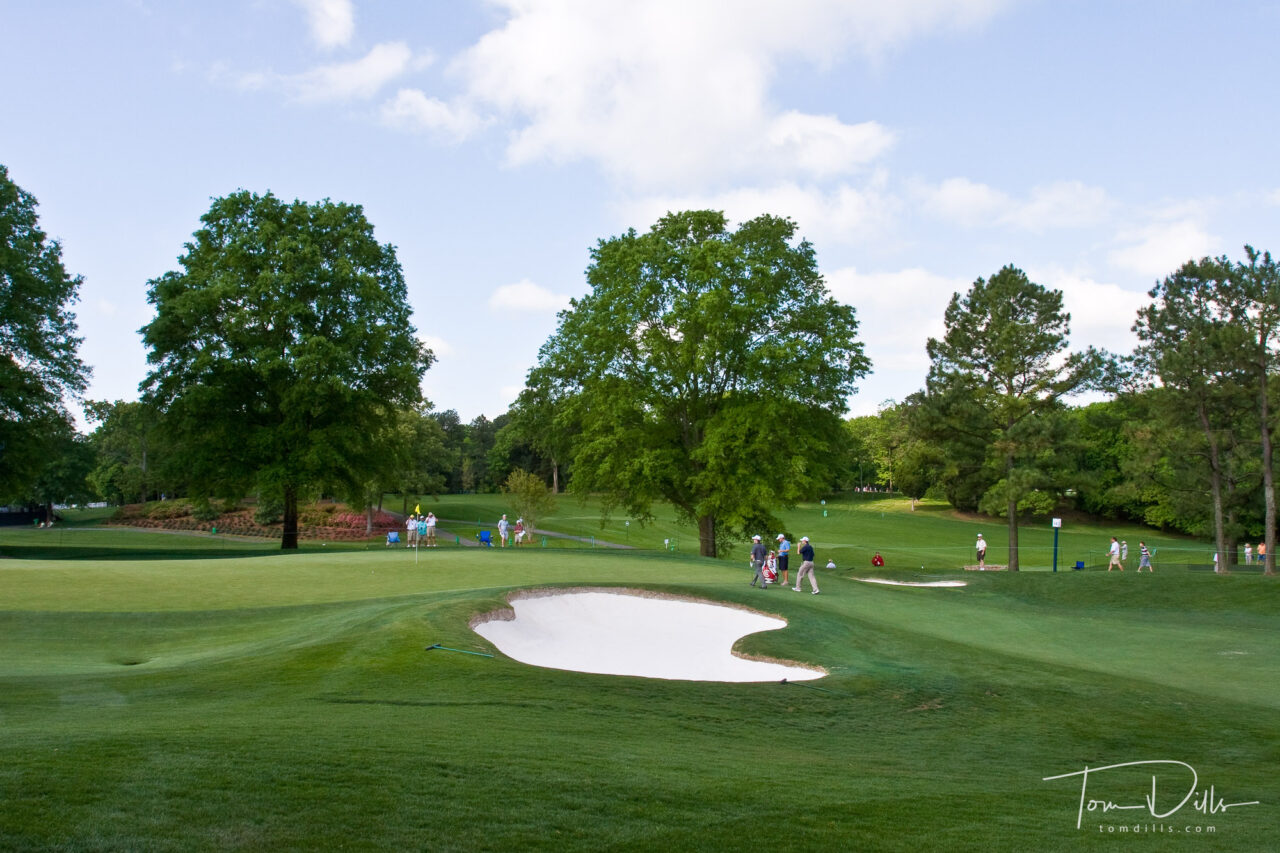
I played some golf years ago but gave it up because (a) I stunk at it and (b) it can get pretty expensive. Buying the equipment just gets you the gear, but then you have to pay every time you play (unless you live near where I grew up in Sharon, PA where they have what at one time was the only free golf course in the country.) A decent set of clubs can cost more than a good camera, and I know that it is possible to spend as much on one club as a good tripod and ball head. The choice is pretty clear to me, and I’ve managed to make more decent photographs than I ever made good golf shots!
Quail Hollow is a beautiful golf course, and I was fortunate enough to have volunteered there during the early days of the Wachovia (now Wells Fargo) Championship, which was before the sport became as commercialized as it is today. In the early days, the tournament course was largely as it normally exists, with a few grandstands and hospitality areas. But for the most part the course was still the course, with lots of green grass, long views and a chance to sit in the shade and watch the players go by with little difficulty. It was a completely different story this time. There were huge grandstands, big hospitality structures where people could watch the tournament on television in air conditioned comfort, all with a great tax deduction for the corporate hosts. To even catch a glimpse of the first tee you had to be in the grandstand there or watching with binoculars from well down the fairway. And that assumes you had gotten there early enough to be able to see the fairway!
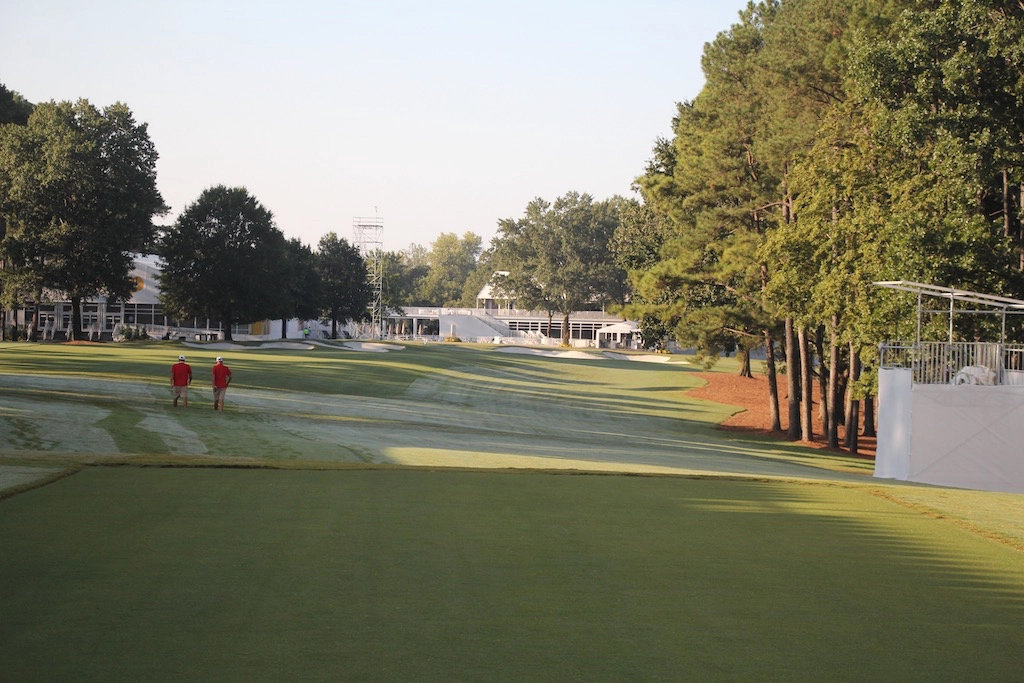
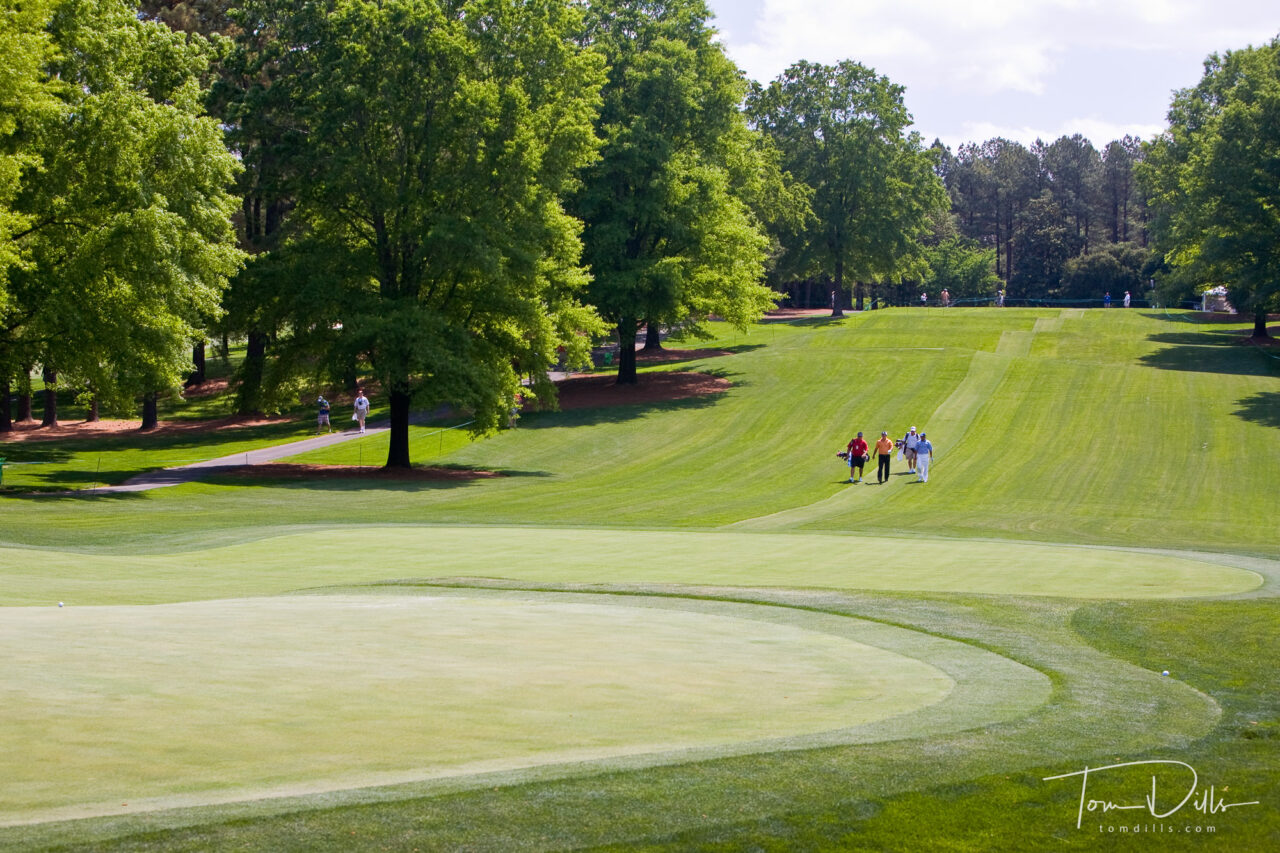
My cost of admission, which was not cheap, just got me in the gate. If I wanted to sit in any of the “premium” locations I needed to cough up even more money. There were a few “free” grandstands that were full long before we got there. And when I wanted something to eat, sheesh! I know it is usual at any sporting event, but $3 bottled water, $10 wraps and $11 beers can add up quick. And that doesn’t include the souvenirs. Shirts were selling for $80 and up, hats for $35 and up, and on and on.
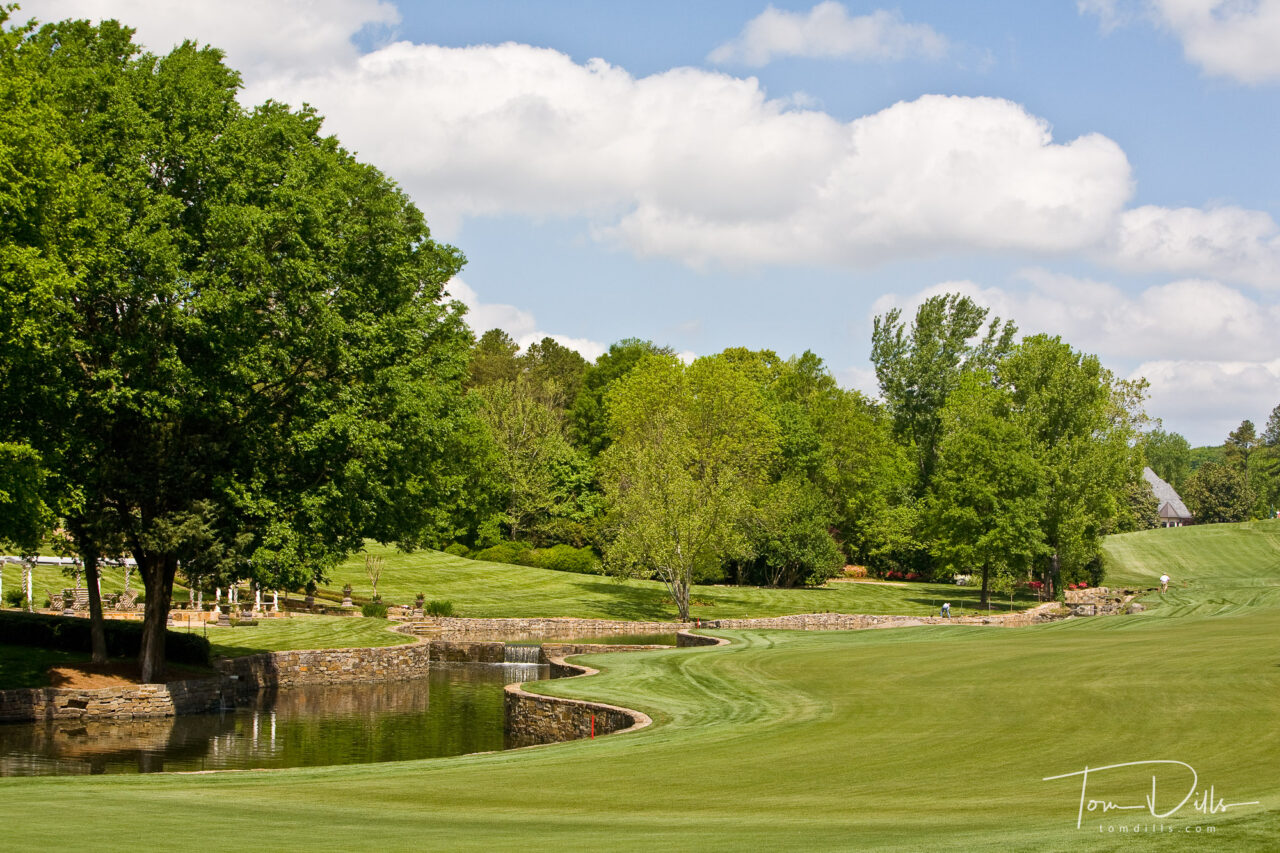
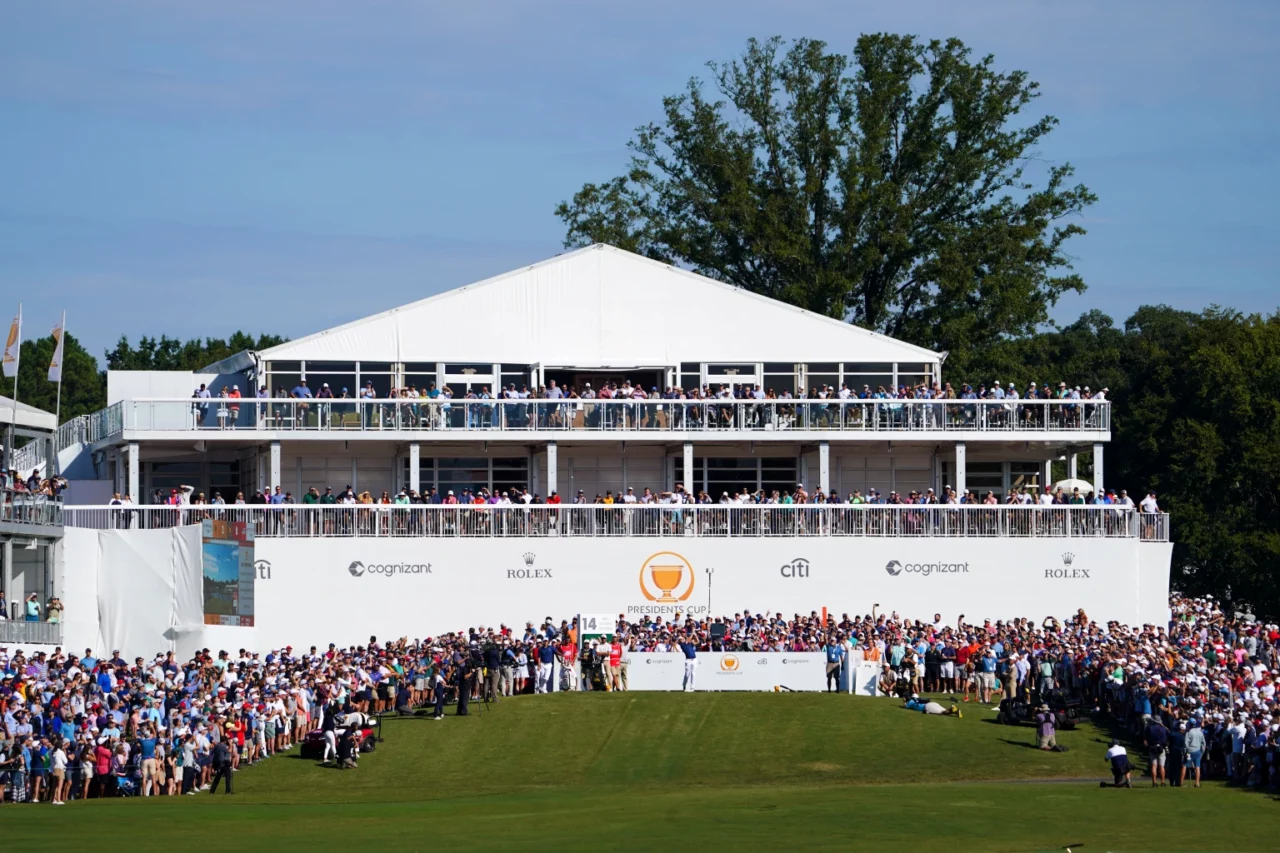
There aren’t many things about golf that appeal to me any more, but what I always enjoyed most was the quiet solitude of a beautiful course early in the morning. A little dew on the grass, the sound of sprinklers and mowers in the distance and the occasional bird chirp. Instead, there was the chanting of team support of USA…USA…USA, strange outbursts of things like “mashed potatoes” and other sounds. It was kind of like plunking an amusement park down in the middle of a wildlife refuge! Add to that the (to me) exorbitant cost of attendance, the huge crowds and the 95 degree day with tropical humidity, and it was a good thing I went with people I enjoyed being with!
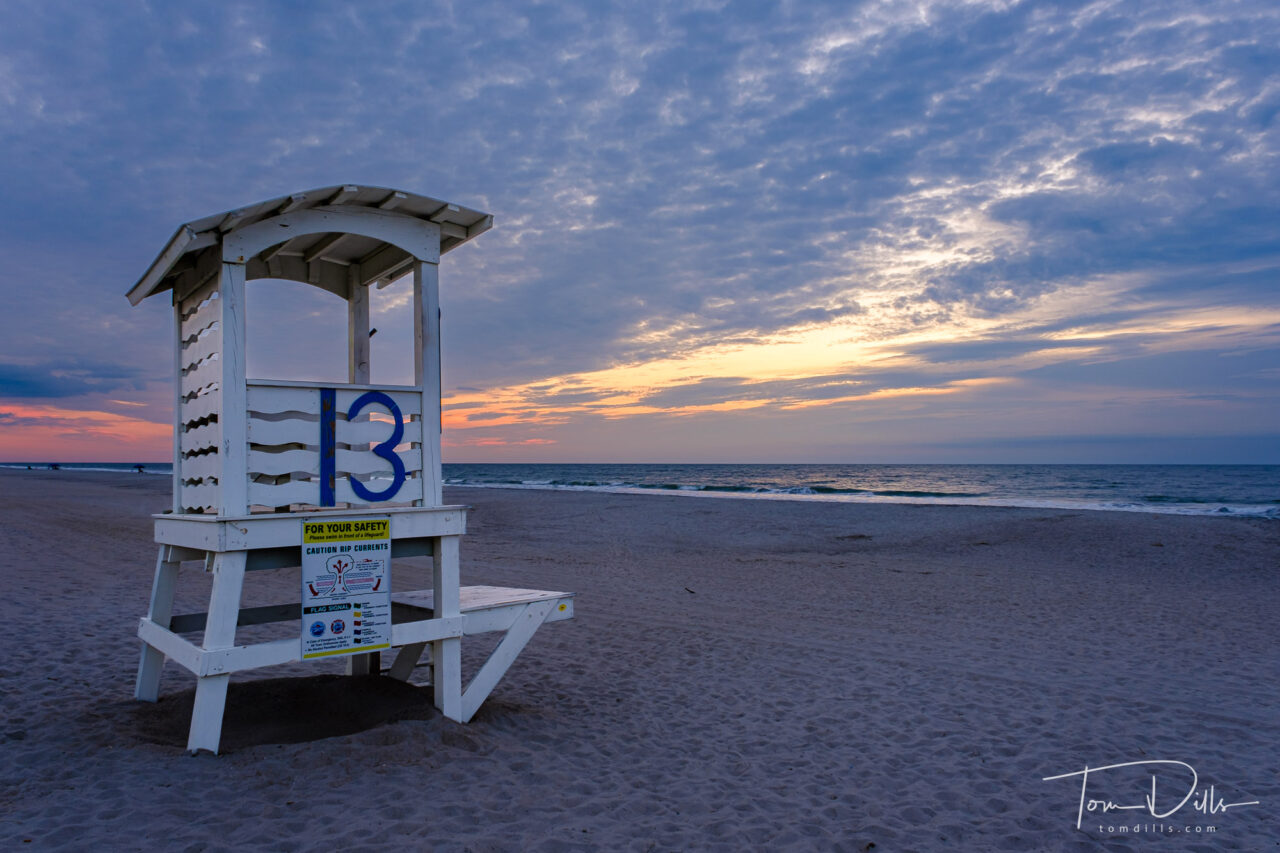
I managed to get my tripod feet (and my own feet) into the sand this morning!
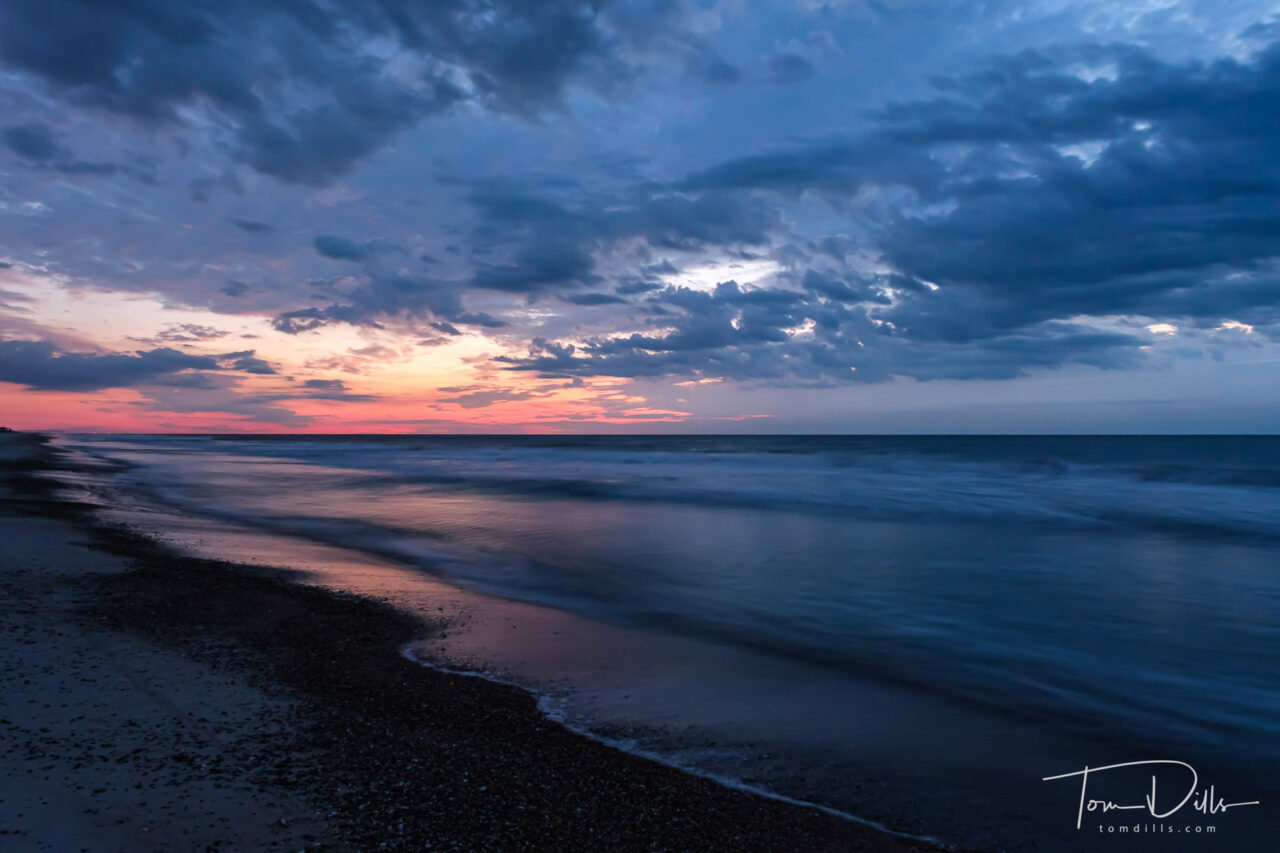
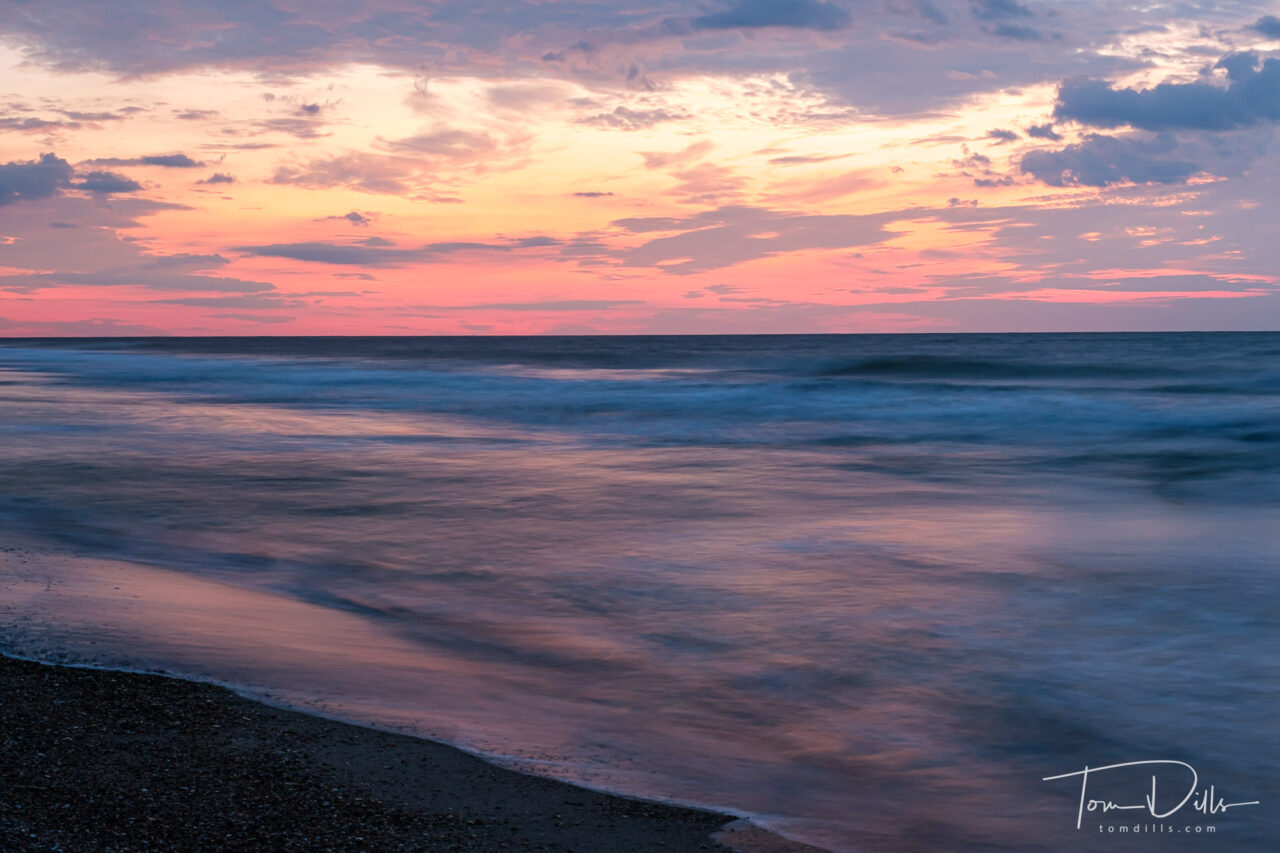
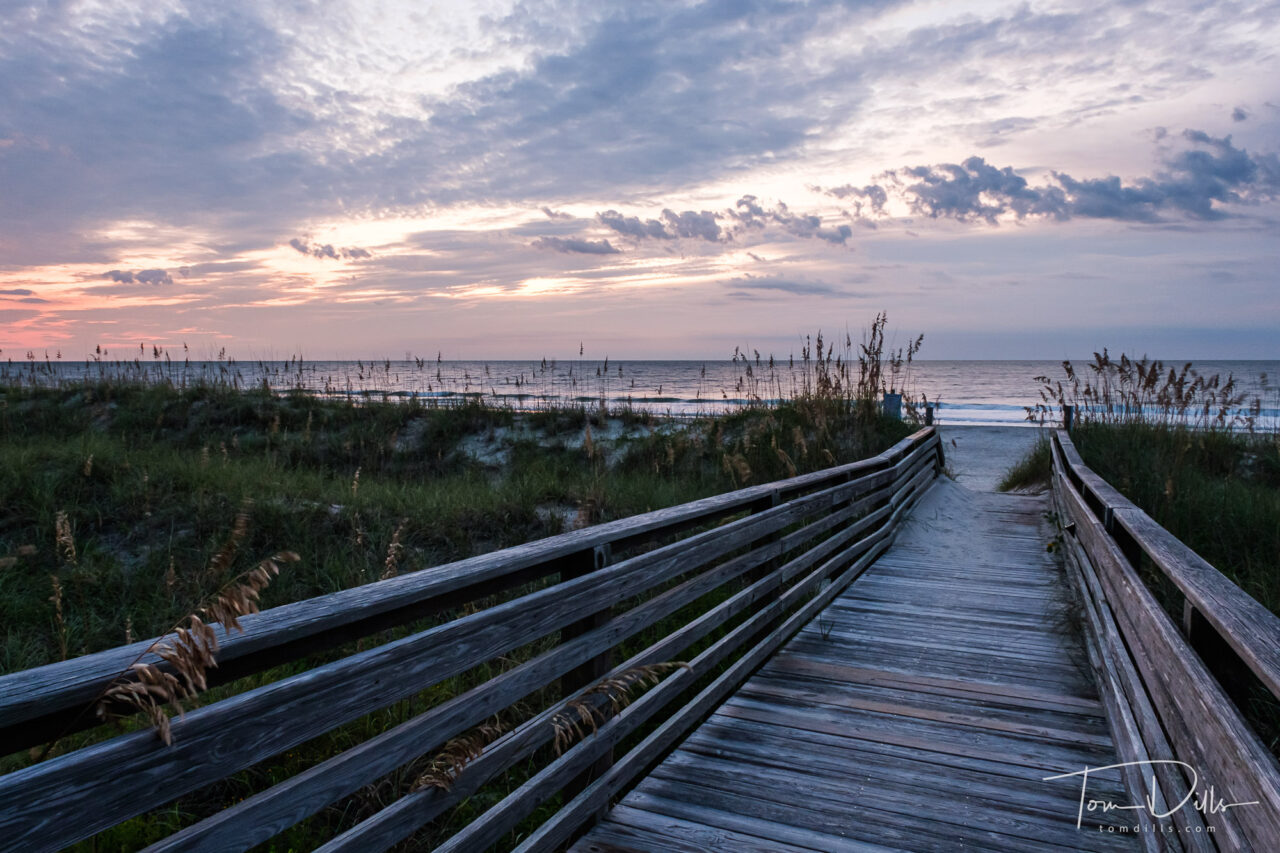

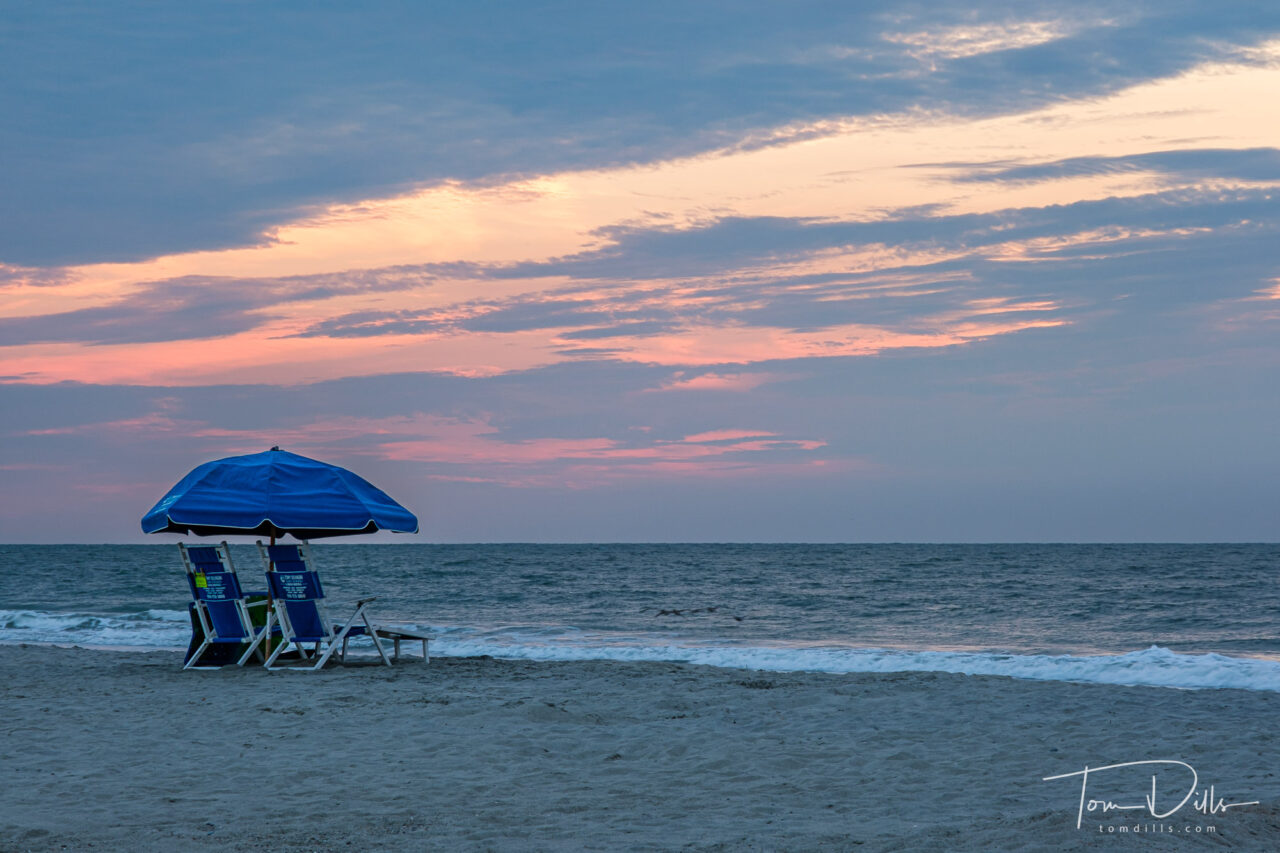
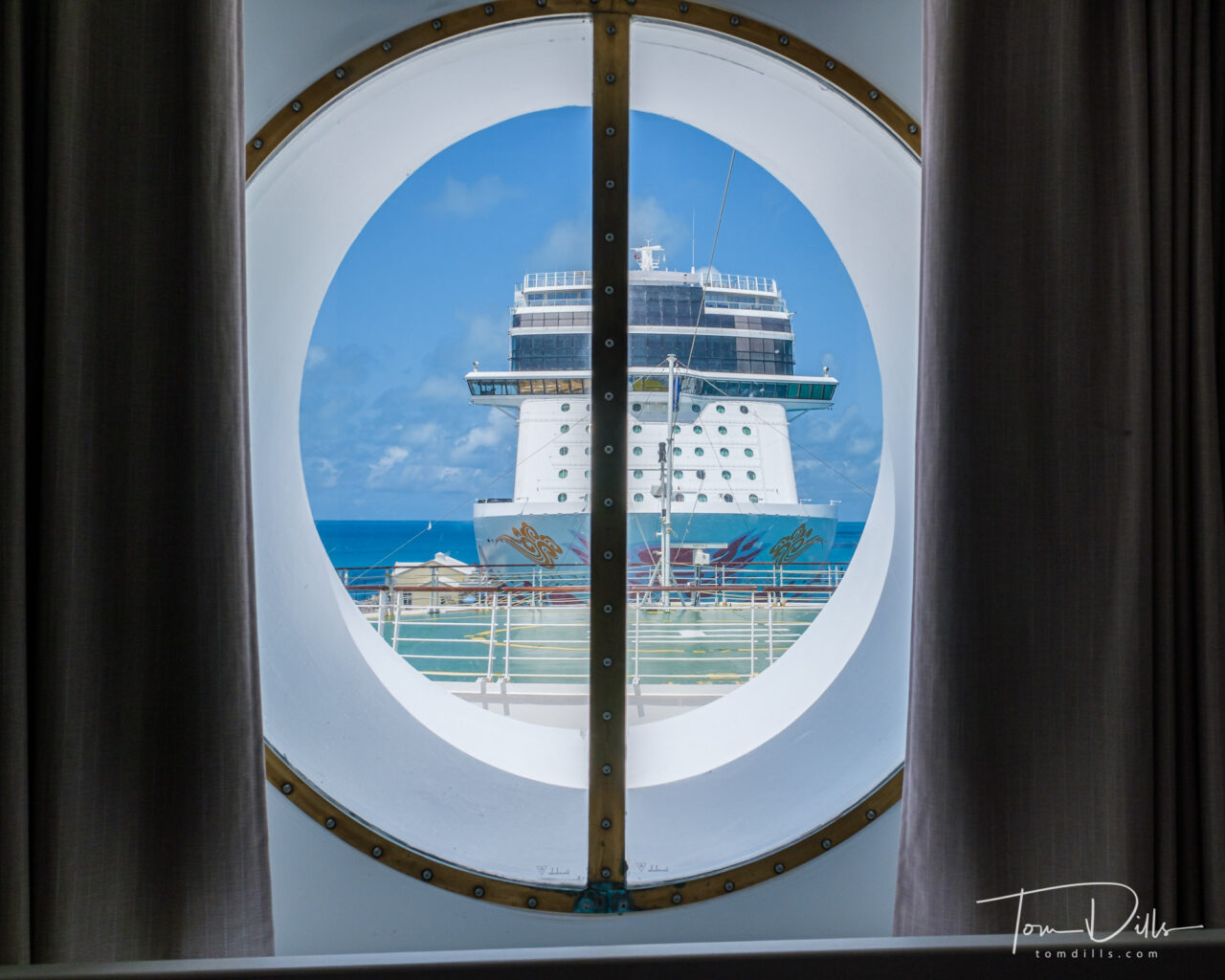
Very few people will be interested in this, but for those few who are, here is a brief post about our stateroom aboard Celebrity Summit.
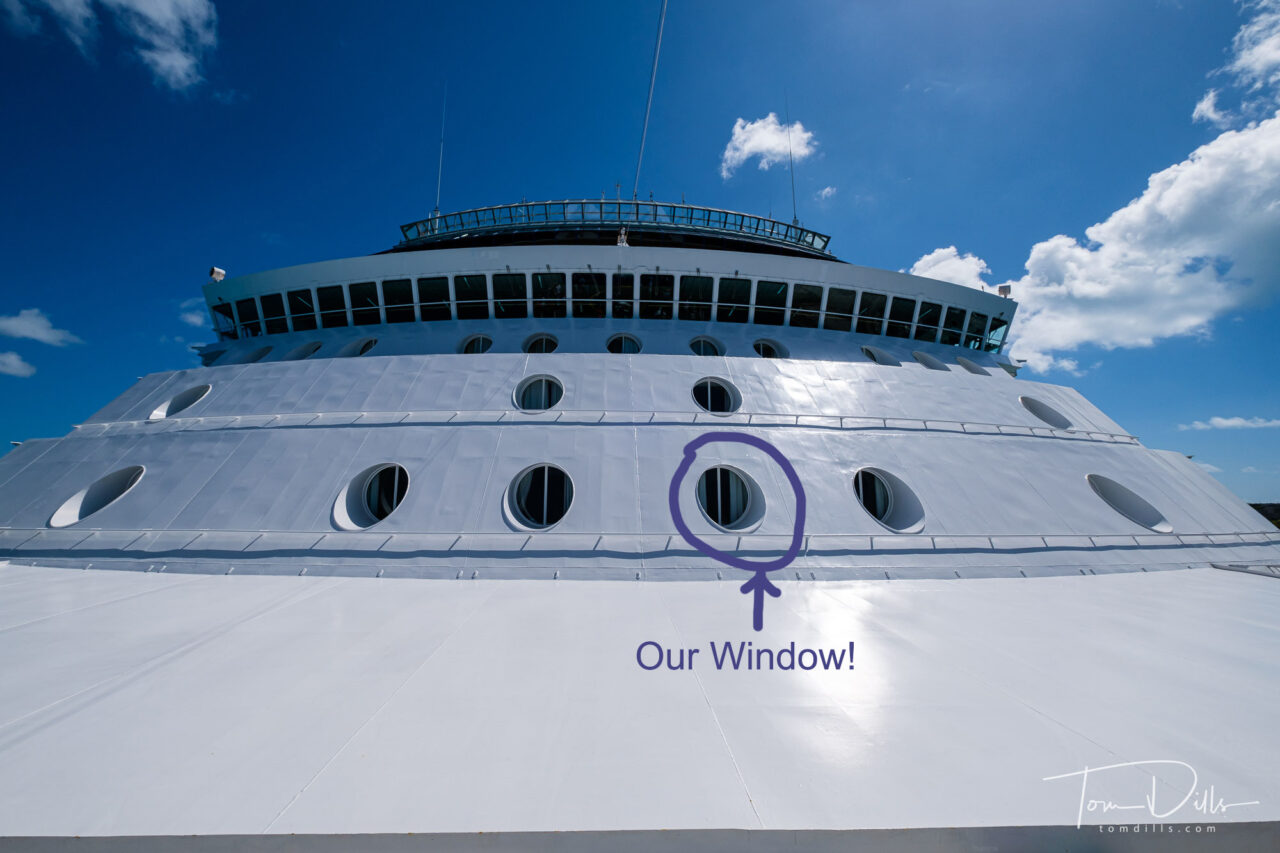
On recent cruises, we have recognized the relatively better value of booking an “Ocean View” stateroom as opposed to a “Veranda” stateroom. The main difference is that an Ocean View stateroom has just a window, which can range from a porthole to a large picture window, while a Verandah stateroom has a balcony, with sliding glass doors from the room. The cruise lines have been quite successful in marketing the Verandah staterooms, since they cost more, thus being more profitable. Some of the newer ships have done away with all or nearly all Ocean View rooms for this reason. But depending on the specific cruise, the price difference can be significant.
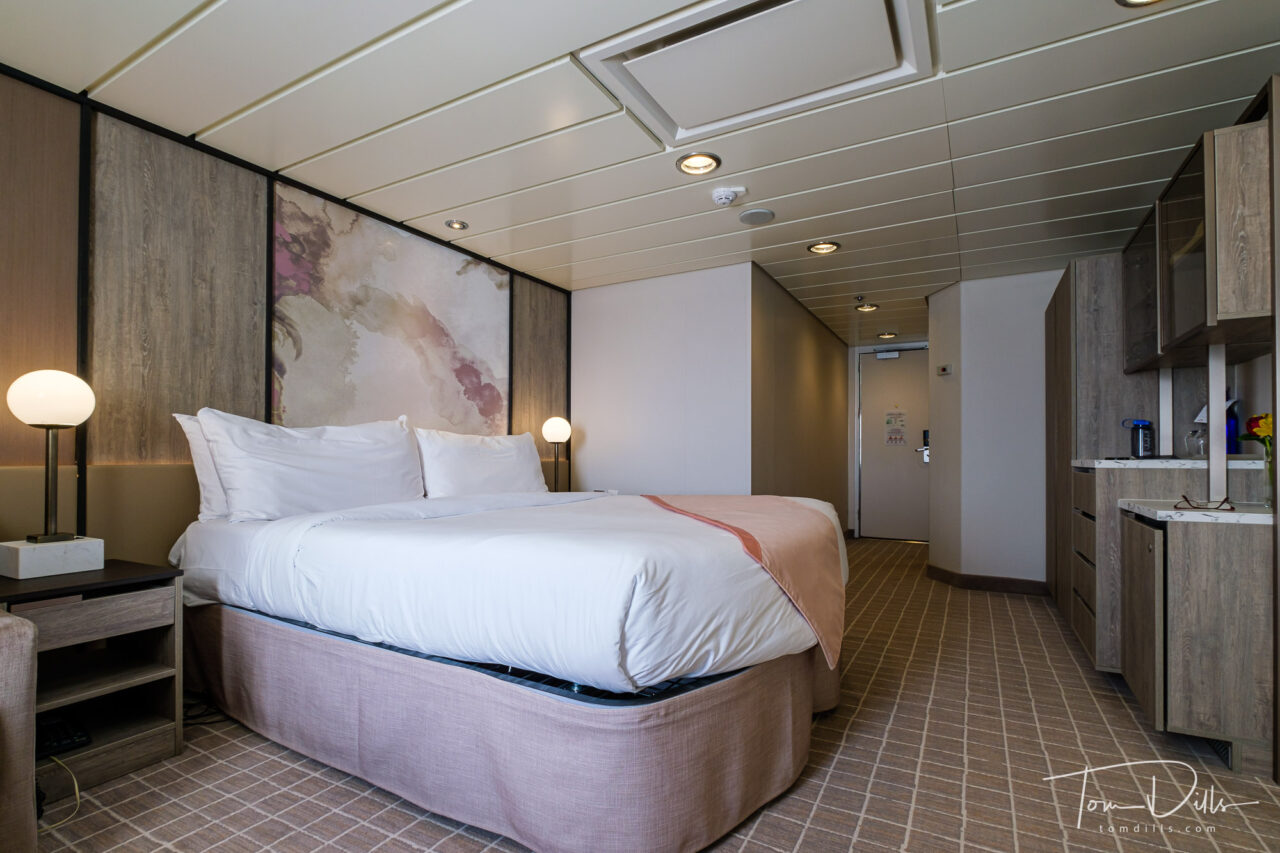
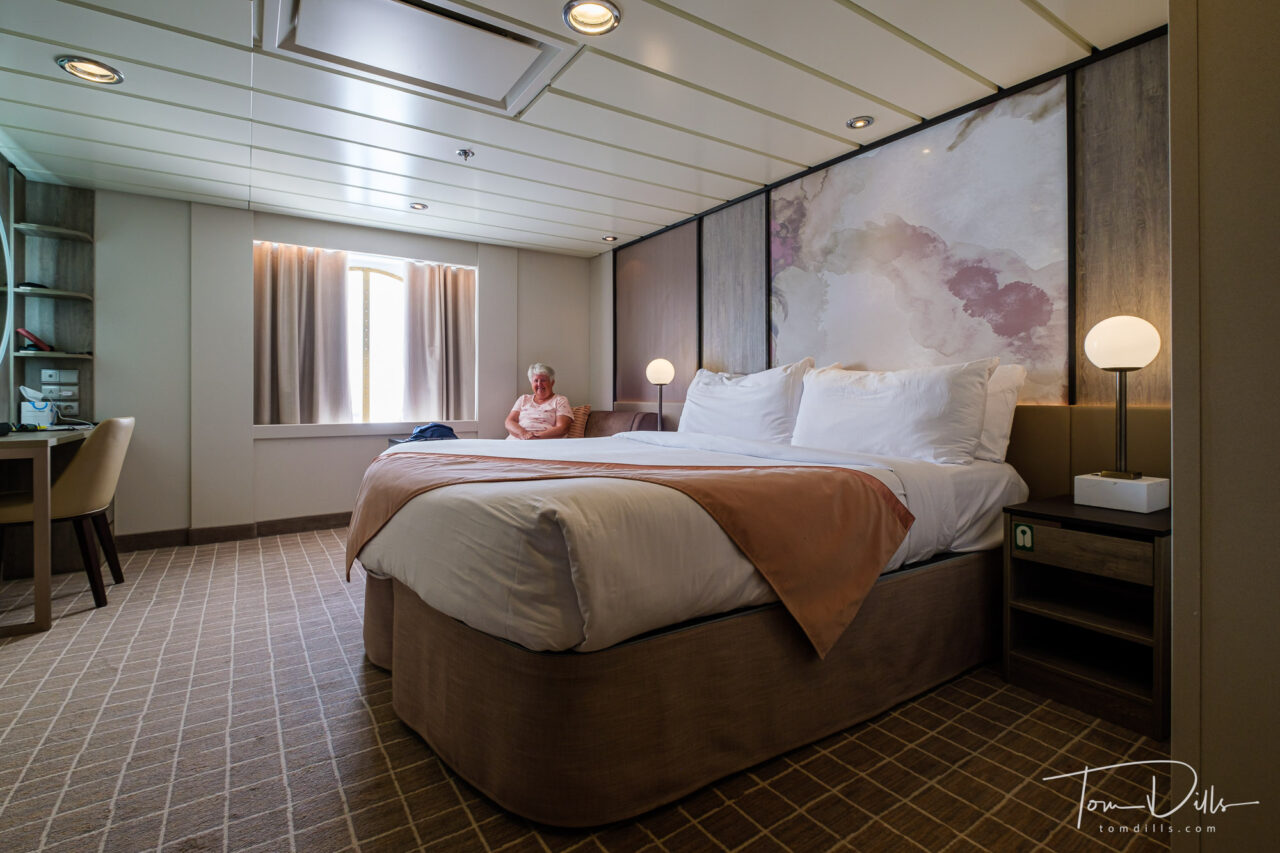
This was our third cruise with an Ocean View room, and we have found that there are certain Ocean View staterooms on certain ships, that are much larger than “regular” Ocean View rooms, sometimes to the point where they are larger than the higher-priced Verandah rooms. We have really come to enjoy the rooms in the very front of the ship. They provide an interesting view and more space, with the tradeoff that they are on one end of the ship, so you have a long walk to just about anywhere. But we like it!
So this is just a short overview of our stateroom on Celebrity Summit. Those who have been on cruises will recognize the layout, those who have not might still be interested.
On the day we left Bermuda, we along with “several hundred of our closest friends” were invited to experience Sail Away from the helipad. It is the second time we got to do this, the previous time was on a cruise sailing from Barbados.
On most cruise ships, the helipad is off-limits to everyone but crew. A few of the larger ships do allow passengers on the helipad when conditions are safe. Someone always has to do the “Titanic” thing on the bow.
Generally though, sail away is by invitation only. I asked the Captain’s Club hostess how people were chosen, and she kinda answered that there was no magic formula and that the number was determined by the captain. But I do know that our past-passenger status with Celebrity – high but nowhere near the highest! – had to have helped. It was a fun time, I got a few photos and we had some free champagne-like wine. It is always a treat, and we enjoyed the experience!
The National Museum of Bermuda explores the maritime and island history of Bermuda. The maritime museum is located within the grounds of the fortress keep of the former Royal Naval Dockyard.
The Commissioner’s House is used to display a number of exhibitions. The basement shows Bermuda’s Defence Heritage, a display about Bermuda’s defenses and fortifications since 1612, and the role of local forces in World War I and World War II (this is devoted only to the British aspect of Bermuda’s naval and military history, although there is a separate exhibit devoted to the United States bases). The pillared hall is site of a two-story History of Bermuda mural by the Bermudian artist Graham Foster. The main floor has a number of themes related to Bermuda’s history including slavery, immigration, and tourism. One room is dedicated to the history of the Bermuda Race. The upper floor contains collections of maps, books, coins, maritime art, and exhibits concerning activities of the Royal Navy and the US Forces, specifically during World War II. Other buildings show shipwreck artifacts, local watercraft, or are under renovation.
Other outbuildings house various exhibits. The Queen’s Exhibition Hall/1850 Ordnance House contained a display pertaining to underwater archeology. The building known as the Boat Loft contains historic local watercraft, a collection of vintage outboard motors, and a fascinating two-story clock mechanism.
On our second day in Bermuda we took a ferry from the Royal Naval Dockyard to the town of St. George’s, located on St. George’s Island on the east end of Bermuda. St. George’s was established in 1612 as New London, and was the original English settlement on Bermuda. St. George’s served as the capital of Bermuda until 1815, when it was moved to Hamilton.
Downtown St. George’s is a quaint little place, pretty quiet except just before and after the arrival of the ferry. It also serves as the dock for smaller cruise ships, and the Oceania Insignia was docked there during our visit. The shops and restaurants there were very nice. For my money I would revisit St. George’s before returning to Hamilton, due to the hustle and bustle of the larger capital city.
After our tour, waiting for the time to return to the ferry, we had a very yummy lunch at Wahoo’s Bistro, a restaurant recommended by our guide. They are known for their fresh seafood, including their “Fish Sandwich” which consists of lightly fried local fish on raisin bread, with a tangy sauce. It’s a little hard to imagine the combination, but believe me when I say it was delicious! Sadly, I don’t have a photo of it. 
Most cruise ships that visit Bermuda dock or tender at Royal Naval Dockyard, which sits at the very northwestern tip of the island. Originally established as a base for Britain’s Royal Navy, the Dockyard occupies a strategic location in the Atlantic and has played a role in many naval operations, including a key role in the War of 1812, when the British blockade of American ports was orchestrated from Bermuda.
Today the Dockyard is primarily a marina and shipping port, complete with a requisite shopping areas and restaurants, including the ubiquitous Diamonds International. The “shopping mall” was a disappointing collection of t-shirt shops and souvenir stands, a far cry from the high end shops on Front Street in Hamilton. We wasted too much time there, missing out on visiting the Bermuda Transport Museum as well as a potential lunch at a restaurant that one of our guides recommended. Next time!
Adjacent to the Dockyard is the National Museum of Bermuda, including the former Commissioner’s House which sits atop a hill overlooking the bay. I’ll detail that in another post as it is a destination unto itself.
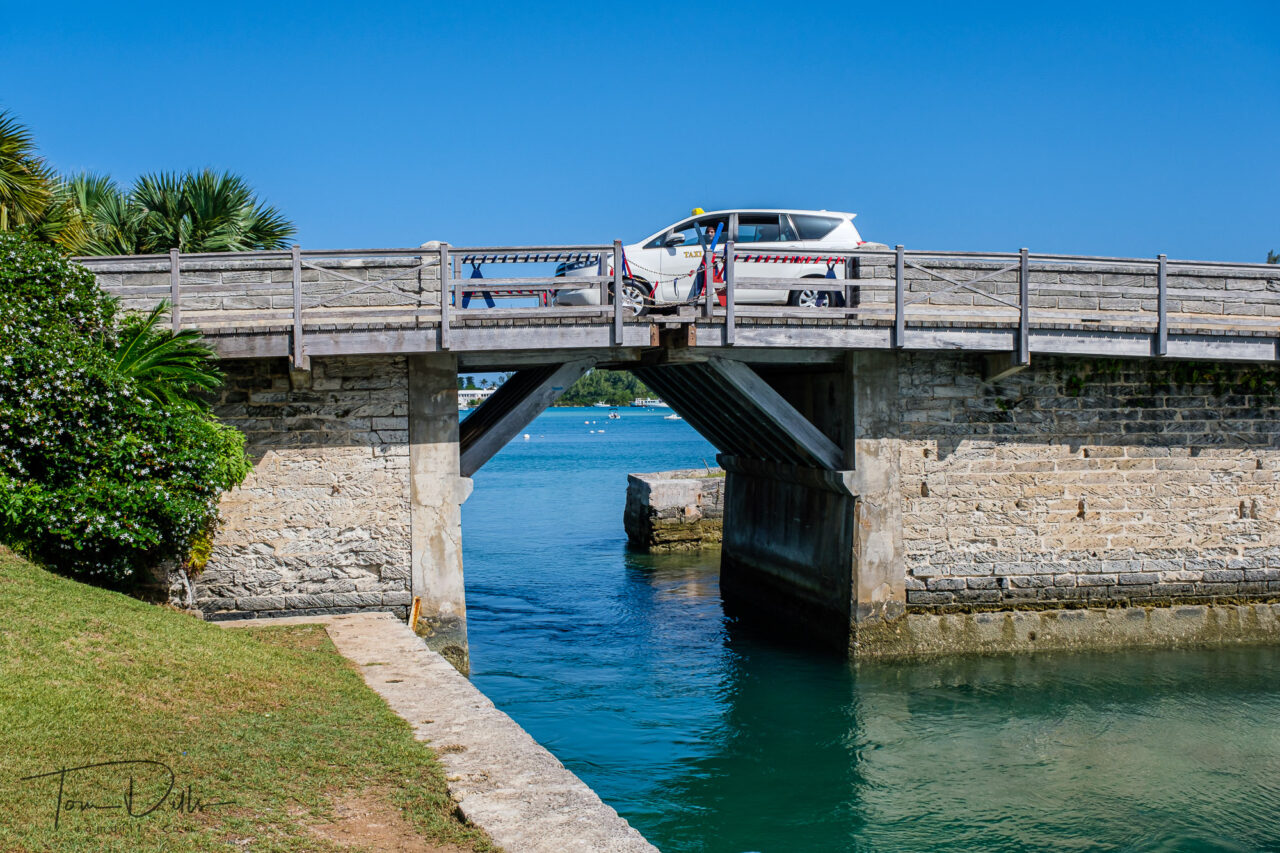
One of the famous “attractions” in Bermuda is the Somerset Bridge, reputedly the smallest working drawbridge in the world. The bridge connects Somerset Island with the mainland in the western parish of Sandys, crossing a small channel connecting the Great Sound with Ely’s Harbour.
From Wikipedia (almost as reliable as a Snapple bottle cap) 
“The bridge is mentioned in the acts of Bermuda’s first parliament, held in St. George’s on 1 August 1620. Bridges were to be constructed at Somerset, the Flatts, and Coney Island. Additionally, the road from Somerset to Warwick was to be improved, and extended to Castle Point. The bridge appears on a 1624 map of Bermuda.
The bridge is opened by hand, creating a 32-inch gap that allows the passage of a sailboat’s mast. The drawbridge is depicted on a Bermudian banknote.”
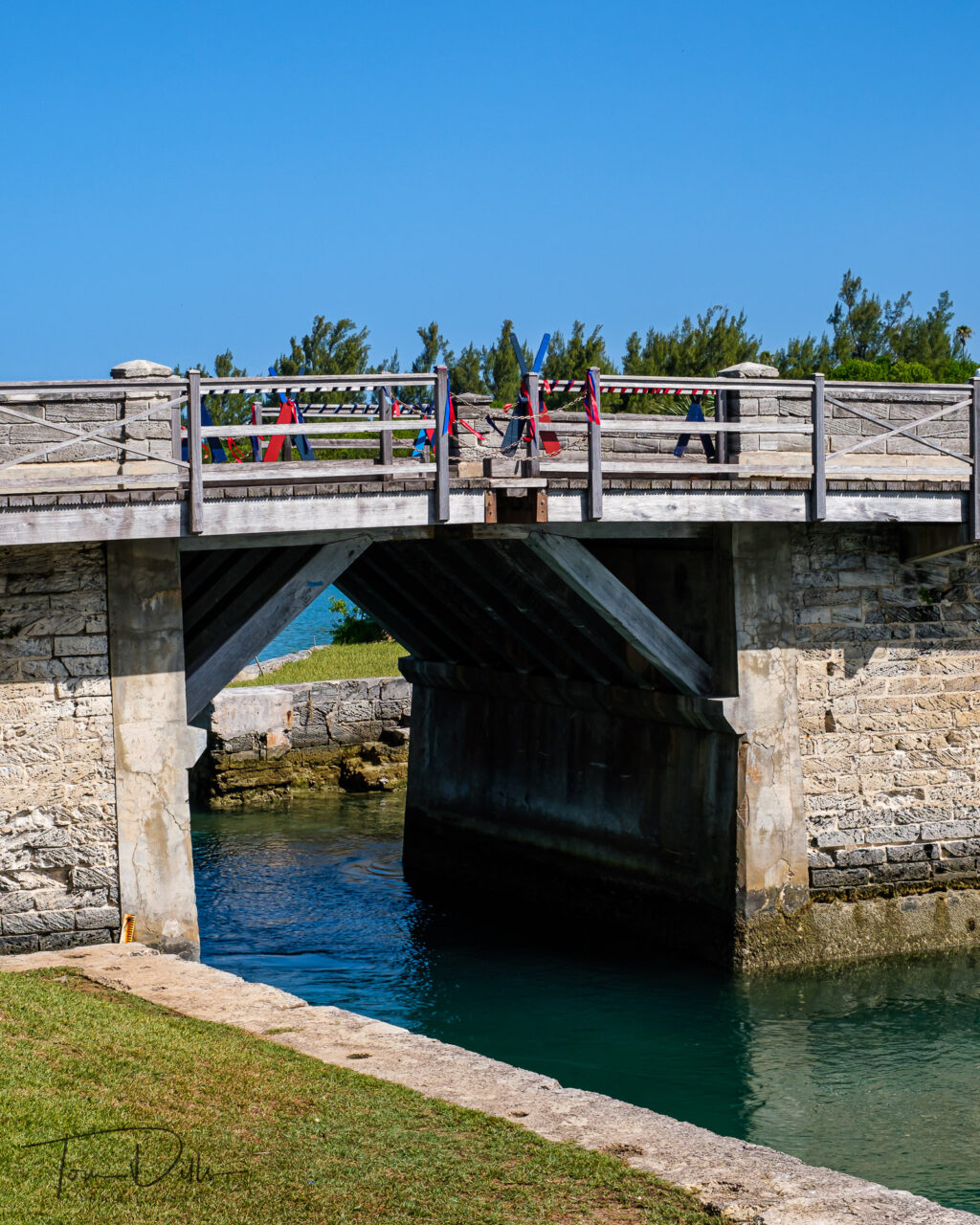
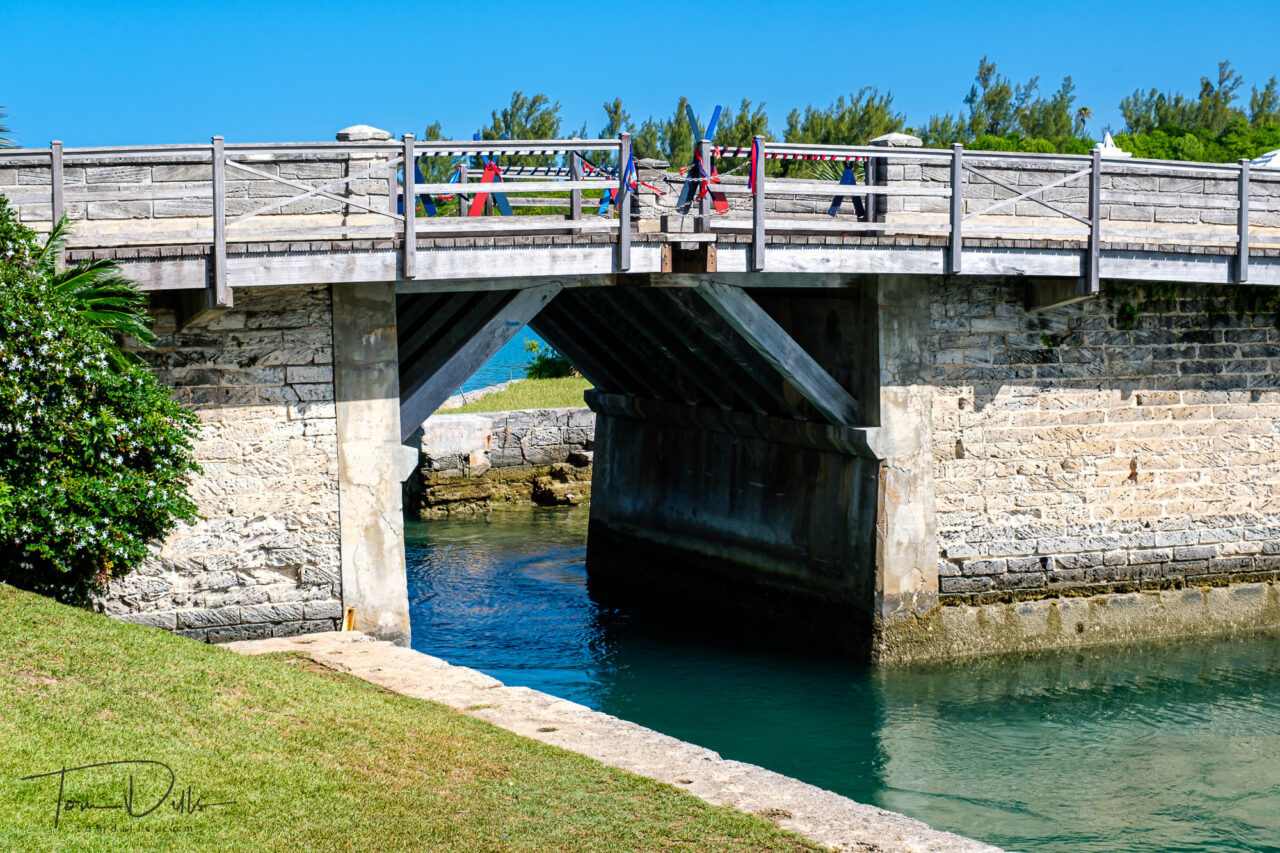
The bridge is used very rarely these days, as most sailboats do not traverse that channel, either due to size or draft.
